Patient safety and infection control are important topics in healthcare, both in the developed and developing parts of the world. The Organization for Safety, Asepsis and Prevention (OSAP) will discuss these topics at lenght at the FDI World Dental Congress, which will take place September 14 - 17, 2011 in Mexico City.
As standardization of oral health services and new models of delivery of care emerge, it is important that practitioners, policy-makers and manufacturers include safety and infection control in curricular innovations, standards and regulations and in the development of new treatment technologies.
The World Health Organiztion has developed a patient safety curriculum that encompasses dental care as well as other health care disciplines, calibration of regional standards for infection control and in the consideration of preparation and response to major global events, such as pandemics.
The most recent pandemic occured in Mexico, where cases of H1N1 influenza were first reported and from wher it spread, causing worldwide panic. Fotunately, it was quiclkly controlled with the help of experts suchs as Dr. Enrique Acosta Gio, Professor at National University of Mexico School of Dentistry.
1. Impact on dental education globally
In 2009 the World Health Organization (WHO) developed a Patient Safety Curriculum Guide for Medical Students that encourages and facilitates the teaching of patient safety topics to medical students. Recently, the World Health Professions Alliance developed a multi-professional curricular guide to widen the scope of the Curriculum Guide to include all health professionals including dentistry.
This segment of the program will review the curriculum guidelines and address the fundamental skills for a culture of patient safety including team work, quality improvement and risk management. This topic also will discuss the impact of the patient safety curriculum guide on dental education globally.
Learning Objectives:
Upon completion of this course participants will be able to:
1. Identify adverse events in dentistry and strategies to reduce the risk for accidental harm to dental patients.
2. Integrate a framework for team working, quality improvement and risk management.
3. List the elements of the plan to disseminate the curricular guide throughout the global dental educational community.
Speaker: A. Enrique Acosta Gio, DDS, PhD. Professor, National University of Mexico School of Dentistry.
2. Infection control standards in Latin America
Panama’s national standards on Biosafety were adopted by Guatemala, El Salvador, Honduras, Nicaragua and Costa Rica at the January 2010 meeting of Federación Odontológica de América Central y Panamá (FOCAP). This regional collaboration serves as an example of how countries can pool their resources to promote and support a single standard and raise the bar on infection control. This course will discuss the various standards among the Latin American countries and the importance of consensus standards.
Learning objectives:
Upon completion of this course participants will be able to:
1. List several examples of how countries can raise the level of infection control and safety through policy statements
2. List elements of a plan to disseminate a Biosafety standard throughout the regional professional and educational communities.
Speaker: Dr. Carmen Carrington-Betts, AOP’s Delegate (2008-2009). Founding Member of Panamá’s National Biosafety Committee.'
3. Business continuity planning for dental organizations
4. The H1N1 pandemic of 2009-2010 served as an important exercise in preparing for mass disaster for many dental organizations and institutions. Although most countries felt the impact of this pandemic, the consequences were not as devastating as they could have been had the virus produced more severe illness. Natural disasters such as we have experienced in recent years with severe hurricanes and devastating earthquakes remind us that help cannot always reach locations as quickly as everyone would like. Dental organizations can prepare to protect their organization or institution and also play a role in response. This requires carefully evaluation of existing resources, identification of critical operations and a roadmap to response if the unimaginable happens. This course will discuss the elements of business continuity planning in the context of dental organizations and institutions such as dental schools, large dental clinics and public health clinics.
Learning objectives:
Upon completion of this course participants will be able to:
1. Identify key elements of a business continuity plan
2. Determine resources available to assist in planning for disaster recovery
3. Begin developing a framework for their organization’s business continuity plan
Speaker:
Eve Cuny, MS; Director, Environmental Health and Safety and Assistant Professor, Dental Practice at the University of the Pacific Arthur A. Dugoni School of Dentistry, San Francisco, CA.
Resources
• OSAP: www.OSAP.org
• FDI: www.fdiworldental.org
• WHPA: www.whpa.org
SALVADOR DA BAHIA, Brasil: The FDI Annual World Dental Congress (AWDC) opened yesterday in the beautiful city of Salvador da Bahia, Brazil, just ...
SALAVADOR DA BAHIA, Brazil: For years the Young Dentists Worldwide (YDW) meeting and forum have been regularly taking place at the FDI Annual World Dental ...
MEXICO CITY, Mexico: The FDI World Dental Federation is the United Nations of Dentistry, said one of the speakers at the opening ceremonies of the 99th FDI ...
The new Multi-professional Patient Safety Curriculum Guide released by the World Health Organization (WHO) in October 2011 promotes the need for patient ...
TAMPA, Florida, USA — The Mexican professor and infection control specialist Dr. Enrique Acosta Gío received the prestigious "James J. ...
Mañana comienza en San José de Costa Rica un evento único: el Congreso Dental Regional de FDI de las Américas, organizado conjuntamente por la ...
Es un gran placer para mí invitarles al Congreso Dental Mundial de la FDI (WDC). El WDC regresa a Buenos Aires después de 30 años y estamos muy ...
MEXICO CITY, Mexico: The head of infection control at the School of Dentistry of the National University of Mexico (UNAM), Dr Enrique Acosta-Gio, said in an...
MEXICO CITY — The third day of the Mexican dental expo AMIC Dental and of the and UNAM International Congress combined important conferences by ...
El presidente de la Confederación Odontológica de la República Argentina invita todos los colegas de América Latina a asistir al Congreso Mundial de ...
Webinars en vivo
mié. 14 de enero 2026
11:00 CST (Mexico City)
Dr. Théo Laplane, Dr. Robert Gottlander DDS
Webinars en vivo
vie. 16 de enero 2026
11:00 CST (Mexico City)
Webinars en vivo
lun. 19 de enero 2026
12:00 CST (Mexico City)
Philipp Kopp, Michael Seeber
Webinars en vivo
jue. 22 de enero 2026
8:00 CST (Mexico City)
Prof. Judith Jones D.D.S; M.P.H., Prof. Kakuhiro Fukai D.D.S., Ph.D, Dr. Bathsheba (Bethy) Turton
Webinars en vivo
jue. 22 de enero 2026
13:00 CST (Mexico City)
Dr. Nicola M. Grande DDS, PhD
Webinars en vivo
mié. 28 de enero 2026
7:00 CST (Mexico City)
Webinars en vivo
mié. 28 de enero 2026
10:00 CST (Mexico City)
Prof. Dr. Jan-Frederik Güth



 Austria / Österreich
Austria / Österreich
 Bosnia y Herzegovina / Босна и Херцеговина
Bosnia y Herzegovina / Босна и Херцеговина
 Bulgaria / България
Bulgaria / България
 Croacia / Hrvatska
Croacia / Hrvatska
 República Checa y Eslovaquia / Česká republika & Slovensko
República Checa y Eslovaquia / Česká republika & Slovensko
 Francia / France
Francia / France
 Alemania / Deutschland
Alemania / Deutschland
 Grecia / ΕΛΛΑΔΑ
Grecia / ΕΛΛΑΔΑ
 Hungría / Hungary
Hungría / Hungary
 Italia / Italia
Italia / Italia
 Países Bajos / Nederland
Países Bajos / Nederland
 Nórdico / Nordic
Nórdico / Nordic
 Polonia / Polska
Polonia / Polska
 Portugal / Portugal
Portugal / Portugal
 Rumania y Moldavia / România & Moldova
Rumania y Moldavia / România & Moldova
 Eslovenia / Slovenija
Eslovenia / Slovenija
 Serbia & Montenegro / Србија и Црна Гора
Serbia & Montenegro / Србија и Црна Гора
 España / España
España / España
 Suiza / Schweiz
Suiza / Schweiz
 Turquía / Türkiye
Turquía / Türkiye
 Reino Unido e Irlanda / UK & Ireland
Reino Unido e Irlanda / UK & Ireland
 Internacional / International
Internacional / International
 Brasil / Brasil
Brasil / Brasil
 Canadá / Canada
Canadá / Canada
 EE UU / USA
EE UU / USA
 China / 中国
China / 中国
 India / भारत गणराज्य
India / भारत गणराज्य
 Paquistán / Pākistān
Paquistán / Pākistān
 Vietnam / Việt Nam
Vietnam / Việt Nam
 Asean / ASEAN
Asean / ASEAN
 Israel / מְדִינַת יִשְׂרָאֵל
Israel / מְדִינַת יִשְׂרָאֵל
 Argelia, Marruecos y Túnez / الجزائر والمغرب وتونس
Argelia, Marruecos y Túnez / الجزائر والمغرب وتونس
 Oriente Medio / Middle East
Oriente Medio / Middle East


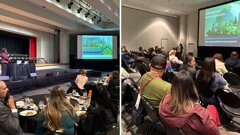
























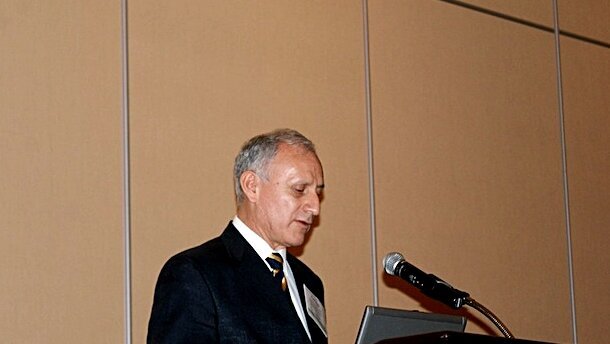



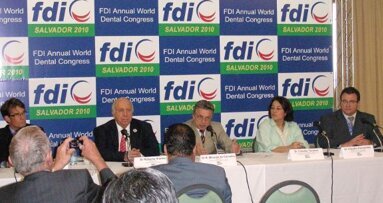



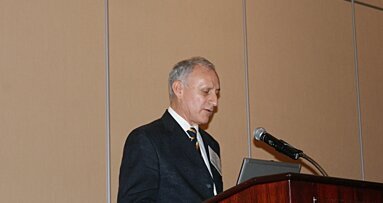



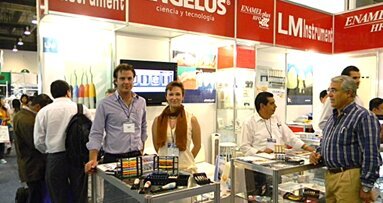
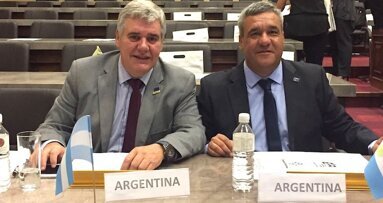
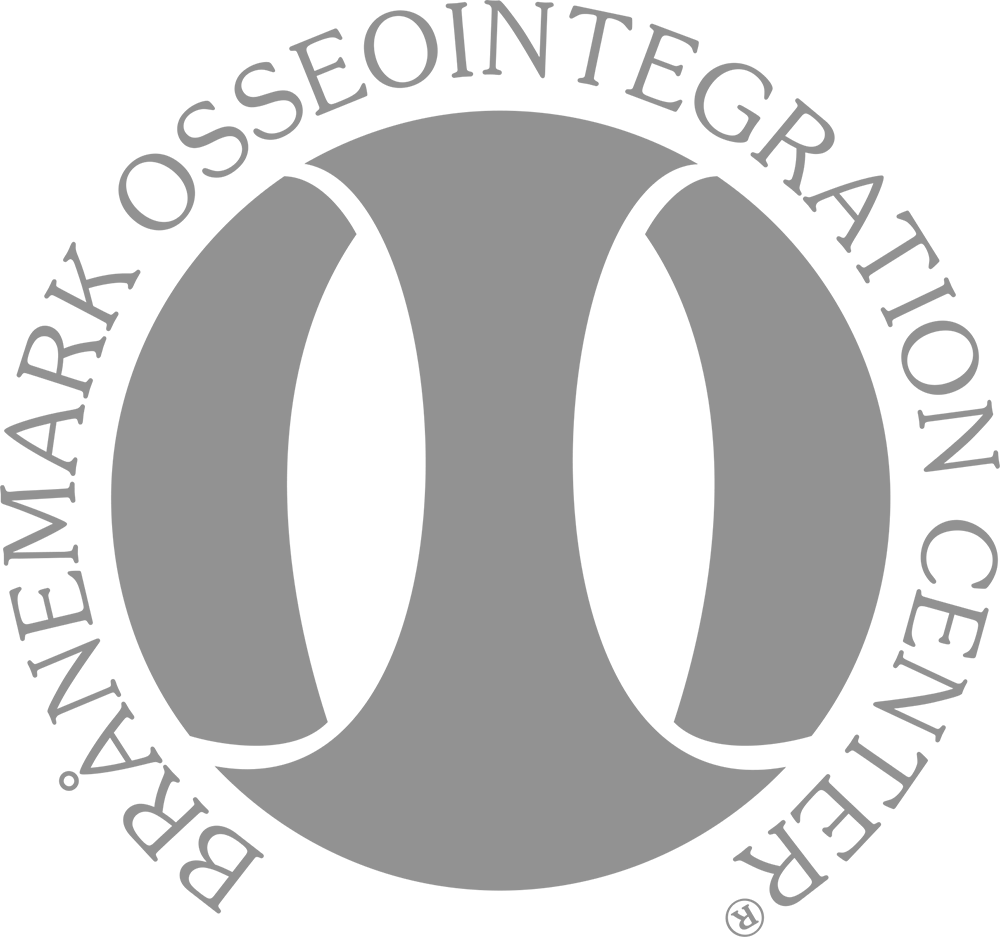








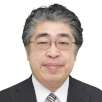

















To post a reply please login or register